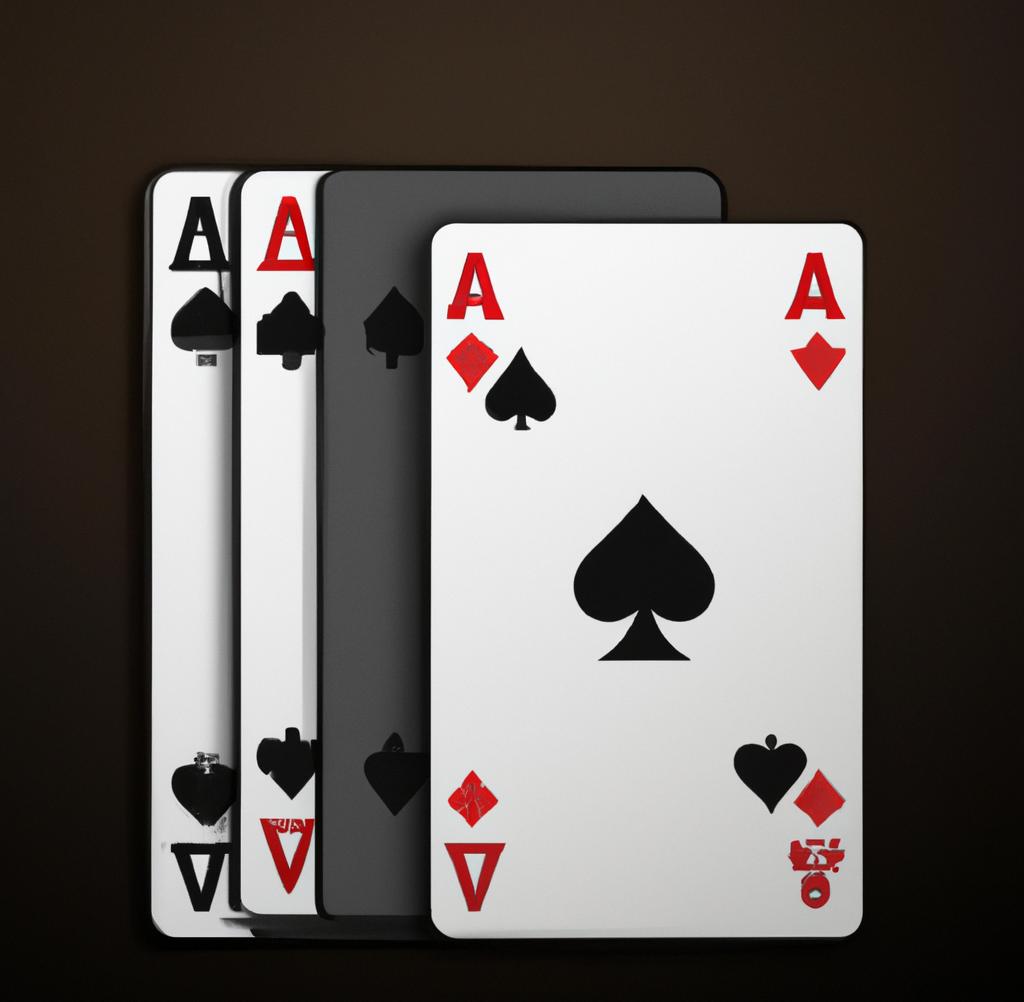Have you ever wanted to create your own game in Python 3? Look no further than creating a Blackjack game! In this tutorial, we will guide you through the steps of creating a simple Blackjack game using Python 3.
First, let’s start with some basic rules of Blackjack. The goal of the game is to have a hand value closer to 21 than the dealer’s hand value without going over 21.
Exclusive BlackJack Casino Offers:
Each player is dealt two cards, and they can choose to “hit” for additional cards or “stand” with their current hand value. Aces can be worth either one or eleven points, face cards (King, Queen, Jack) are worth ten points each, and all other cards are worth their face value.
Now that we understand the basics of the game, let’s move on to creating our program in Python 3.
Step 1: Import Libraries
We will need to import two libraries for this program: random and time. Random will be used for shuffling the deck and time will be used for pausing between hands.
“`python
import random
import time
“`
Step 2: Create Card Deck
Next, we need to create a deck of cards. We will represent each card as a tuple with the first element being the card’s rank (2-10, Jack, Queen, King, Ace), and the second element being its suit (hearts, diamonds, clubs or spades).
“`python
deck = [(‘2’, ‘hearts’), (‘3’, ‘hearts’), (‘4’, ‘hearts’), (‘5’, ‘hearts’), (‘6’, ‘hearts’), (‘7’, ‘hearts’), (‘8’, ‘hearts’), (‘9’, ‘hearts’), (’10’, ‘hearts’), (‘Jack’, ‘hearts’), (‘Queen’, ‘hearts’), (‘King’, ‘hearts’), (‘Ace’, ‘hearts’), (‘2’, ‘diamonds’), (‘3’, ‘diamonds’), (‘4’, ‘diamonds’), (‘5’, ‘diamonds’), (‘6’, ‘diamonds’), (‘7’, ‘diamonds’), (‘8’, ‘diamonds’), (‘9’, ‘diamonds’), (’10’, ‘diamonds’), (‘Jack’, ‘diamonds’), (‘Queen’, ‘diamonds’),(‘King’,’diamond’),(‘Ace’,’diamond’),(‘2′,’clubs’),(‘3′,’clubs’),(‘4′,’clubs’),(‘5′,’clubs’),(‘6′,’clubs’),(‘7′,’clubs’),(‘8′,’clubs’),(‘9′,’clubs’),(’10’,’clubs’),(‘Jack’,’clubs’),
(‘Queen’,’clubs’),
(‘King’,’clubs’),
(‘Ace’,
‘club’),
(‘2’,
‘spades’),
(‘3’,
‘spades’),
(‘4’,
‘spades’),
(‘5’,
‘spades’),
(‘6’,
‘spades’),
(‘7’,
‘spades’),
(‘8’,
‘spades’),
(‘9’,
‘spades’),
(’10’,
‘spades’),
(‘Jack’,
‘spades’),
(‘Queen’,
‘spades’),
(‘King’,
‘spadek),
(‘Ace,
spade’)]
“`
Step 3: Shuffle the Deck
Now that we have our deck, we need to shuffle it using the random library.
“`python
random.shuffle(deck)
“`
Step 4: Deal Cards
Next, we need to deal the cards to each player. We will create two empty lists for the dealer and player hands.
“`python
dealer_hand = []
player_hand = []
“`
We will then use a for loop to deal two cards to each player.
“`python
for i in range(2):
player_card = deck.pop()
dealer_card = deck.pop()
player_hand.append(player_card)
dealer_hand.append(dealer_card)
“`
Step 5: Calculate Hand Value
We need a way to calculate the value of each player’s hand. We will create a function called “calculate_hand_value” that takes in a list of cards and returns the total value of the hand.
“`python
def calculate_hand_value(hand):
total_value = 0
ace_count = 0
for card in hand:
if card[0] in [‘Jack’, ‘Queen’, ‘King’]:
total_value += 10
elif card[0] == ‘Ace’:
ace_count += 1
total_value += 11
else:
total_value += int(card[0])
while ace_count > 0 and total_value > 21:
total_value -= 10
ace_count -= 1
return total_value
“`
Step 6: Player Turn
Now it’s time for the player to make their move. We will create a while loop that allows the player to hit or stand until they choose to stand or their hand value exceeds 21.
“`python
while True:
print(“Your current hand:”, player_hand)
print(“Dealer’s top card:”, dealer_hand[0])
player_choice = input(“Do you want to hit or stand? “)
if player_choice.lower() == “hit”:
new_card = deck.pop()
player_hand.append(new_card)
if calculate_hand_value(player_hand) > 21:
print(“Bust! Your hand value is”, calculate_hand_value(player_hand))
break
elif player_choice.lower() == “stand”:
break
print(“Your final hand:”, player_hand)
“`
Step 7: Dealer Turn
Now it’s time for the dealer to make their move. We will create a while loop that allows the dealer to hit until their hand value is greater than or equal to 17.
“`python
while calculate_hand_value(dealer_hand) 21:
return “Dealer”
elif dealer_value > 21:
return “Player”
elif player_value == dealer_value:
return “Tie”
elif player_value > dealer_value:
return “Player”
else:
return “Dealer”
“`
We can then call this function to determine the winner.
“`python
winner = determine_winner(player_hand, dealer_hand)
print(“The winner is”, winner)
“`
And there you have it! You have successfully created a simple Blackjack game using Python 3.
To recap, here are the steps we took to create this program:
1. Import Libraries
2. Create Card Deck
3. Shuffle the Deck
4.
Deal Cards
5. Calculate Hand Value
6. Player Turn
7. Dealer Turn
8. Determine Winner
Now it’s time to experiment with your own variations of the game and see what you can come up with!





